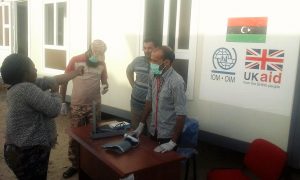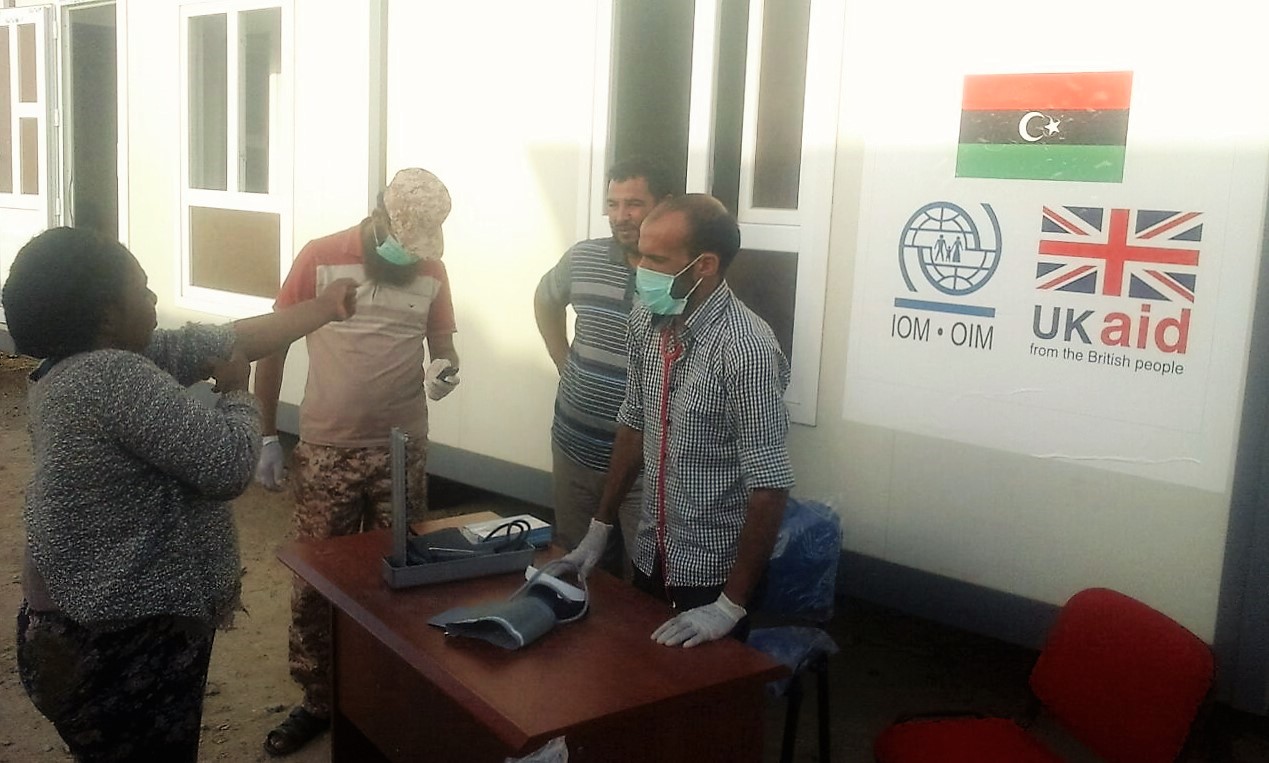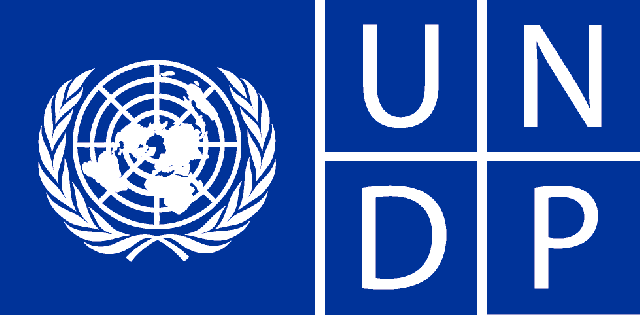By Sami Zaptia.

London, 7 October 2016:
The International Organization for Migration Libya (IOM) reports, in coordination with the Libyan Coast Guard and Libyan Port Security, that it has established three fully equipped medical clinics at the country’s main migrant disembarkation points in Tripoli, Garaboli and Zliten.
The IOM also reports that this year some 3,610 people have been reported missing at sea – up on last year.
The clinics, funded by UK’s Department for International Development (DFID), are part of an IOM project: “Direct assistance to migrants rescued at sea and tracking displaced populations inside Libya”, it says.
The IOM says that the clinics are the first in a series of steps aimed at supporting Libyan authorities and civil society organizations engaged in receiving migrants, refugees and asylum seekers returned to Libya by the authorities in response to actual or perceived distress-at-sea situations.
The clinics will be able to immediately assist rescued-at-sea migrants, including women and children, who arrive, often suffering from dehydration and in a dire need of medical assistance, the IOM says.
The IOM says that the Libyan Coast Guards’ limited resources are still insufficient to respond to incidents, given the thousands of migrants and refugees trying to reach Europe in often poorly equipped and unseaworthy boats.
IOM says that it has assessed the needs of the service and made recommendations that in future may save lives at sea. “In spite of our efforts and those of our international and national partners, the needs are still huge and people are still dying,” IOM programme officer Maysa Khalil said.
Two more clinics are ready to be delivered to Sabratah and Zuwara main ports, as soon as the local security situation permits, the IOM adds.
The project coincides with a spike in maritime incidents. Some 1,201 migrants have been rescued in Libyan waters since the beginning of the year.
The migrants continue making the journey at great risk, travelling under precarious conditions and on unseaworthy boats, leaving them highly vulnerable to drowning and exploitation by organized criminal networks. Brutal treatment during the trip results in many rescued migrants needing of immediate medical assistance, reports IOM Libya.
Meanwhile, IOM reports that 314,003 migrants and refugees entered Europe by sea in 2016 up to 5 October, arriving mostly in Greece and Italy. Some 167,446 people have arrived in Greece and 142,725 in Italy during 2016. The total is well below the number of arrivals at this point in 2015, by which time some 518,181 migrants and refugees had made the journey, reports IOM.
However, the death toll in 2016 is higher. This year some 3,610 people have drowned or been reported missing in incidents off Egypt, Libya, Greece, Italy, Turkey, Morocco and Spain. In 2015 at this time, the total was 3,029. For the whole of 2015, IOM’s Missing Migrants Project calculated 3,673 people were confirmed dead or missing.
IOM Rome reported Thursday that 11,432 migrants were rescued in the Channel of Sicily this week. After the peak arrivals of Monday (6,000) and Tuesday (5,000), arrivals slowed by mid-week. On Wednesday just 363 migrants were rescued. Some 38 bodies were recovered, including 22 victims of asphyxiation.
So far in 2016 the Italian Ministry of Interior has registered 142,725 arrivals by sea, up 6 percent from the same time last year.
“Migration flows towards Italy have remained essentially unaltered compared to 2015,” said Federico Soda, Director of the IOM Coordination Office for the Mediterranean in Rome.
“The peak of rescues at sea in the past couple of days does not imply that arrivals have increased substantially: in recent times we have seen sudden surges in arrivals like this from North Africa. After days of relatively few arrivals, there are a few days with many migrants at sea, that make rescue operations and assistance particularly challenging. The short-term surges give the perception of an overall increase, but in fact the overall trend remains largely unchanged.”
“We also noted an increase in West African nationalities. Often these are people who leave their country of origin without a specific destination. Libya is where many are smuggled to and the majority of migrants there face extreme violence and abuse. Some, scared for their lives, decide to continue their journey to Europe,” he added.
The Channel of Sicily is currently the deadliest border in the world: 3,610 people died while crossing the Mediterranean in 2016. Out of these, 3,134 died to reach Italy, according to IOM’s Missing Migrants Project.
“The increase in deaths in the Mediterranean this year is concerning for two reasons. First, this year is on track to see an unprecedented number of deaths. In 2016 we have recorded almost 20 percent more deaths and disappearances at sea compared to this time last year. Second, this year has seen a continuation of the trend of huge numbers of deaths that began in 2014,” said project coordinator Julia Black.
“In each year since 2014, we have seen more than 3,000 deaths in the Mediterranean. This is about five times more each year compared to the 600 or so who died in 2013. The regularity of these high death tolls gives no indication that conditions are becoming safer for those who try to cross the Mediterranean,” she added.










